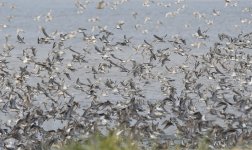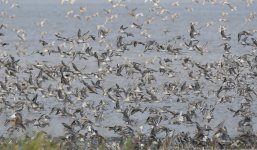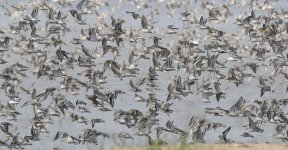Smithy1000
Well-known member
Ive had a go. Thanks
1. Female Kestrel
2.Meadow Pipit
3.Greenshank and Redshank
4?
5.Common Tern
6.Sandwich Tern?
7.Grey Plover
8.Ringed Plover?
9.Golden Plover
10. Dunlin
11.?
12.Mainly Red Knot, The white ones Sanderling? One Golden Plover and a few Ringed plover?
1. Female Kestrel
2.Meadow Pipit
3.Greenshank and Redshank
4?
5.Common Tern
6.Sandwich Tern?
7.Grey Plover
8.Ringed Plover?
9.Golden Plover
10. Dunlin
11.?
12.Mainly Red Knot, The white ones Sanderling? One Golden Plover and a few Ringed plover?
Attachments
-
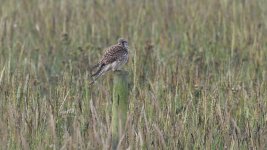 087 (2).jpg610.9 KB · Views: 93
087 (2).jpg610.9 KB · Views: 93 -
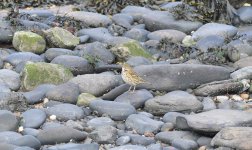 358 (2).jpg1.1 MB · Views: 82
358 (2).jpg1.1 MB · Views: 82 -
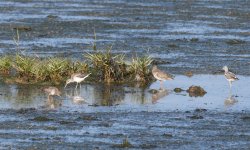 411 (2).jpg1.4 MB · Views: 90
411 (2).jpg1.4 MB · Views: 90 -
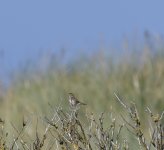 529 (2).jpg474.6 KB · Views: 88
529 (2).jpg474.6 KB · Views: 88 -
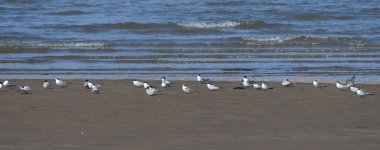 640 (2).jpg1.4 MB · Views: 91
640 (2).jpg1.4 MB · Views: 91 -
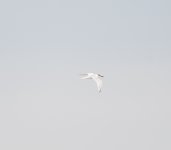 895 (2).jpg203.3 KB · Views: 80
895 (2).jpg203.3 KB · Views: 80 -
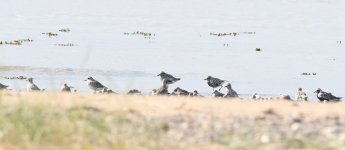 1239 (2).jpg748.5 KB · Views: 75
1239 (2).jpg748.5 KB · Views: 75 -
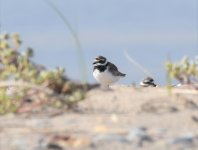 1358 (2).jpg227.9 KB · Views: 72
1358 (2).jpg227.9 KB · Views: 72 -
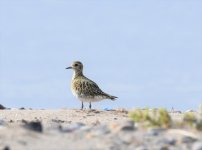 1406 (2).jpg331.3 KB · Views: 71
1406 (2).jpg331.3 KB · Views: 71 -
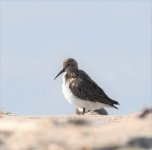 1438 (2).jpg102.5 KB · Views: 80
1438 (2).jpg102.5 KB · Views: 80 -
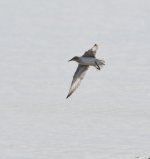 1479 (2).jpg307.9 KB · Views: 92
1479 (2).jpg307.9 KB · Views: 92 -
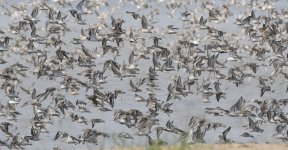 1173 (4).jpg2.1 MB · Views: 99
1173 (4).jpg2.1 MB · Views: 99






